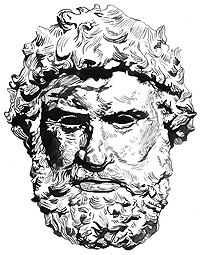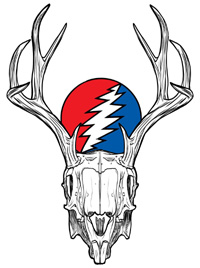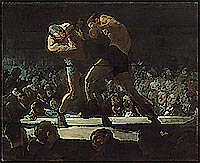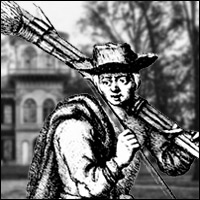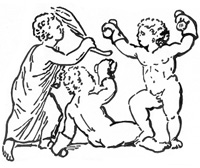September/October 2014, Muzzleloader, pages 33-40, illustrated with period art, reenactor photos, and beautiful paintings by Robert Griffing
This third installment of Mark Sages’ story of anti-American frontiersmen Simon Girty is the feature article. The Robert Griffing painting on the cover titled Making Smoke—Building Trade & Trust, which seems to depict Simon Girty dressed in hybrid European/native attire conducting a trade with three warriors in a streambed while soldiers standing idly in the background.
This narrative is done in the style of a novel and is quite good. The storyline concerns adoption of captured settlers into Native tribes, particularly the Shawnee, and focuses on the fate of Catherine Mallot and Jonathan Alder in 1783. During this period the Indians of the Ohio Country were essentially refugees from east of the Appalachians, and were seeking to reform into survivable tribes by merging, allying, and by adopting captured whites.
Those tribes who had not been wiped out or displaced by the Six Nations [or Longhouse-people] had been screwed by the duplicitous Iroquoian confederation whose chiefs had sold the lands of the Ohio [an Iroquoian term] peoples to American land speculators! This would be like aliens landing in Japan only to have the Japanese sell them the rights to China.
I may come down on the Native American side often, but the whitewashing of their warlike nature by current academic hacks and feminist agenda pushers finds no place in my mind, and no space on the pages of muzzleloader. A touchingly forlorn Robert Griffing painting, The Taking of Mary Jennison looks like a scene from a post apocalyptic movie complete with painted skinhead villains. The painting of her adoption by the tribe shows the softer side of Amerindian life.
The period treasure in this chapter of Girty’s story is a copy of an Indian pictograph taken from the journal of Christopher Gist. The pictograph was originally carved into a tree and depicts a symbolic map of a settled area raided by warriors. On the left is a parade of geometric stick-figures, those with heads indicating captives taken, those without indicating enemies slain. The figures are differentiated by sex. The body count would have made General Westmorland proud:
2 men captured
2 men killed
2 women captured
4 women killed
That is not exactly Dances With Wolves. The men would have been tortured and killed or made to run the gauntlet, and if they survived that perhaps adopted or held for ransom. The 2 out of six women were selected for an obvious purpose.
Mark Sage tells a compelling tale of a conflicted trio of survivors caught between two worlds.



